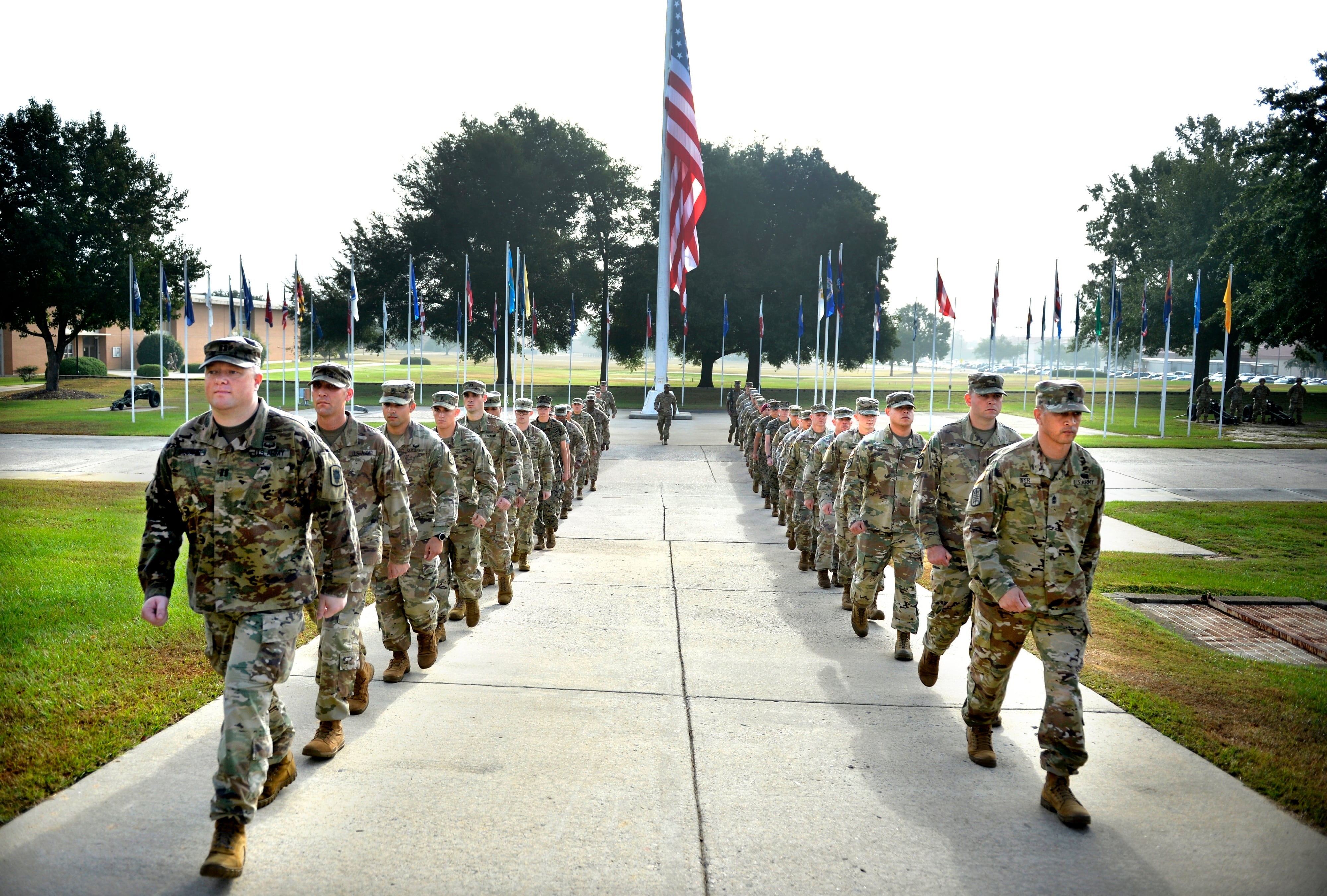A stretch of Michigan interstate hosted another step last week in the Army's effort to create safer vehicle convoys – not by up-armoring the trucks, but by eliminating the soldiers behind the wheel.
What you need to know about the service's efforts toward unmanned ground transport, led by the Michigan-based Army Tank Automotive Research, Development and Engineering Center, which could bear fruit in the near future:
1. Slow your roll. The I-69 test on June 23 didn't include driverless vehicles – all four Army trucks had operators, but were linked to each other, and to roadside installations, by Dedicated Short-Range Communications radios. Researchers are still looking at the data collected on the DSRC system, which links the trucks to one another and to the roadside infrastructure, allowing them to navigate as a unit on a 21-mile stretch of highway, The Detroit News reported.
3. "Some"? The first driverless convoys would be what Kade called "Leader-follower" setups, with a mix of manned and unmanned trucks. Those could be on the road within five to 10 years, he said, if work on radios and other areas – sensing, computing and what Kade called "behavioral algorithms" to mimic driver decision-making – proceed at the expected pace.
4. Forget Google. The tech powerhouse has made headlines with its driverless car tests, but as Deputy Defense Secretary Bob Work explained at a recent media event, those tests involve traditional, tame roadways. Most Army convoys under threat of attack won't be on well-maintained, well-traveled thoroughfares.
6. What's next. More convoy testing is scheduled later this year, Kade said, and unlike the Michigan tests, soldiers will take part. Earlier tests have successfully demonstrated unmanned convoys in action, but "we can't demonstrate it completely reliably," Kade said.
Kevin Lilley is the features editor of Military Times.





